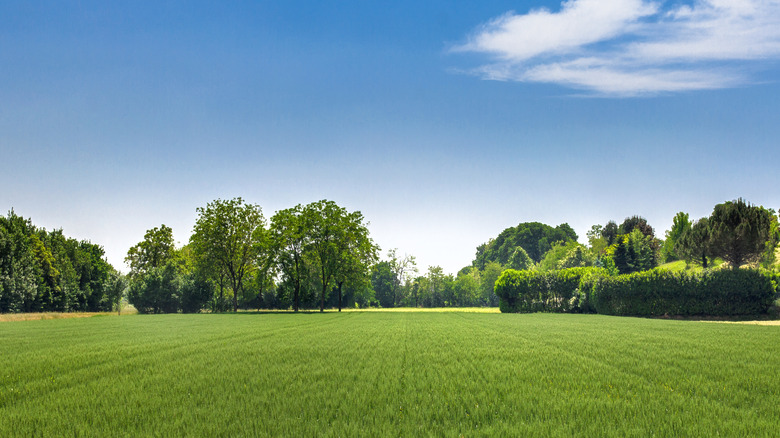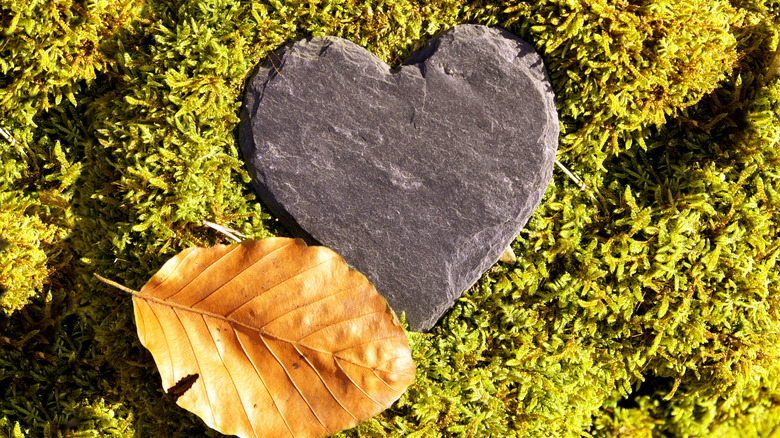What Funeral Directors Want You To Know About Green Burials
Throughout the years, more and more people are turning to unconventional burial ceremonies. There are now more choices than the regular funeral service that consists of choosing a coffin and the type of flowers to display. One of the popular alternative choices is a green burial, which makes the process simpler, not to mention cheaper when it comes to funeral costs.
Green burials place emphasis on a natural burial process. Unlike the traditional burial, the body is not pumped with embalming fluids and other chemicals. This is not a new process, as this was how the dead were commonly buried before embalming fluids were used in America in the 19th century (via Smithsonian Magazine). Today, not all cemeteries allow green burials, but throughout the years, there has been a growing movement to push for a more environmental-friendly way to bury the dead. Aside from eliminating the use of chemicals, green burials also help in preserving natural resources, as fewer materials are used.
What happens in a green burial?
In a green burial, the body is not embalmed nor pumped with chemicals. There are different ways on how to go about the burial, with the loved ones having the choice to place the deceased in a shroud or a simple biodegradable coffin. This alone cuts burial costs by hundreds or thousands of dollars, per the Funeral Consumers Alliance. As an alternative to embalming fluid, non-toxic substances and cooling methods are used to preserve the body for viewing.
The body is then lowered into the soil in a depth that's in accordance with the legal requirements of the state. There are also smell barrier guidelines that are followed to ensure that animals won't be able to track the smell of decomposition. One common misconception is whether or not a decomposing body can pollute the ground. According to the Green Burial Council, the soil acts as a filter and will eventually break down the chemicals in the body. The length of time the body fully decomposes depends on several factors, such as the type of soil, moisture, and amount of oxygen. It can take about six weeks for the tissue to decompose and approximately two years for a full decomposition.
Family and friends are able to visit their loved ones in a green cemetery, and the burial sites are typically marked with stones, flowers, or even a tree. For many, a green burial is truly a genuine way of returning back naturally to the earth.

